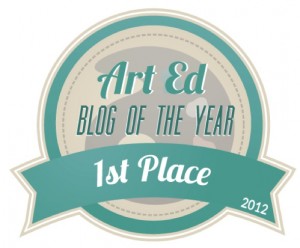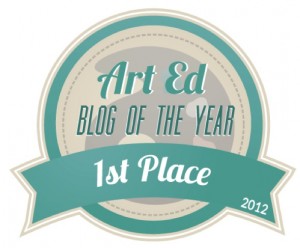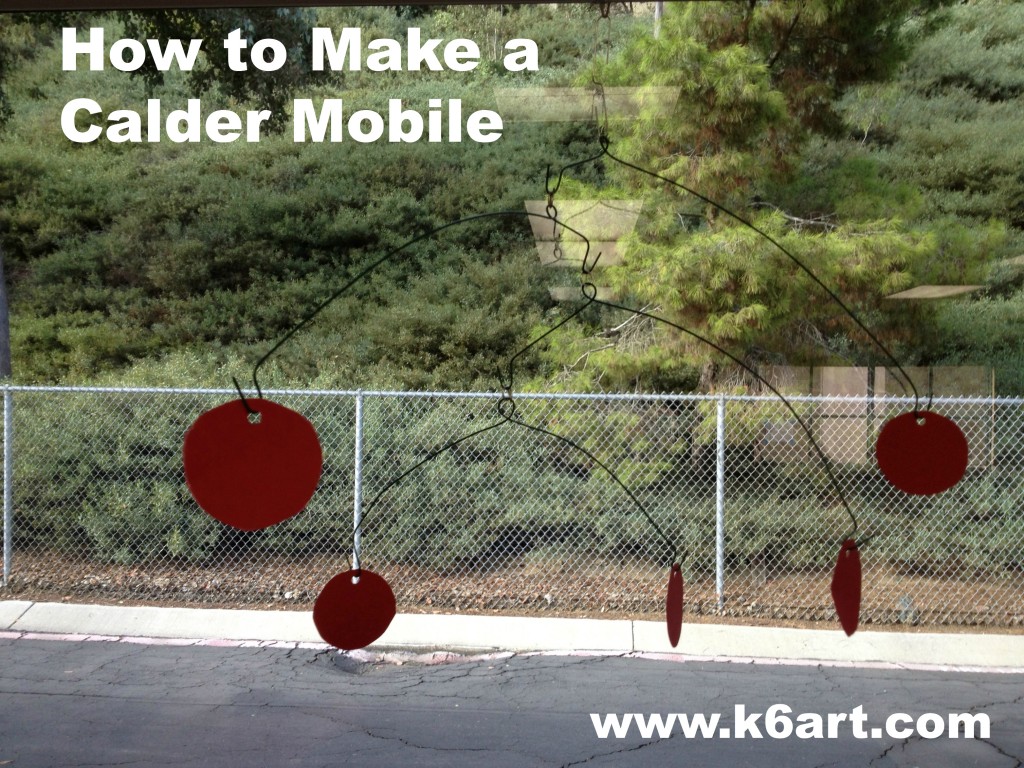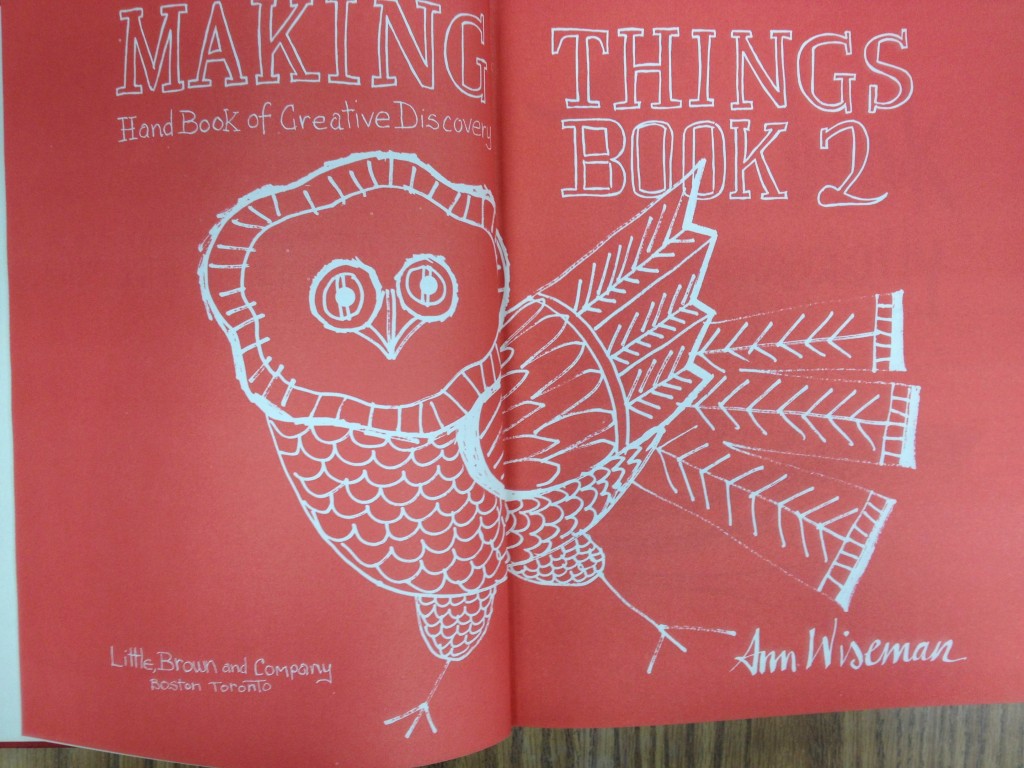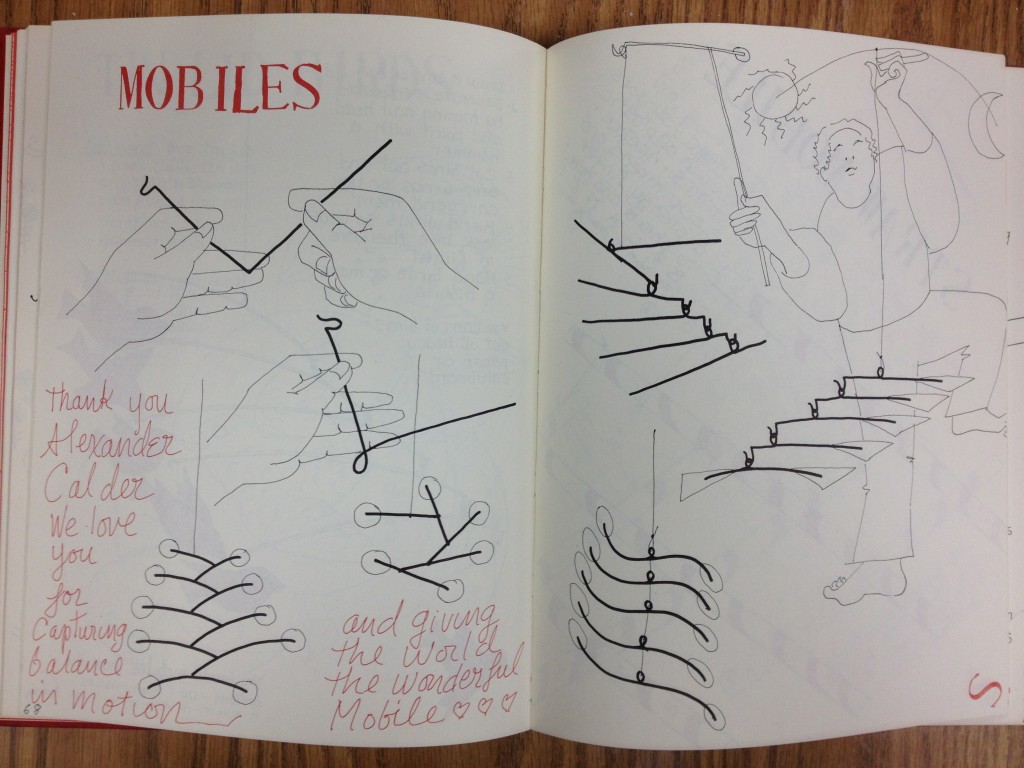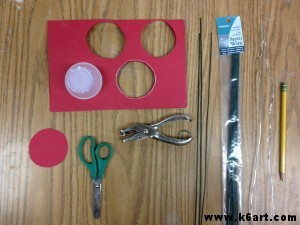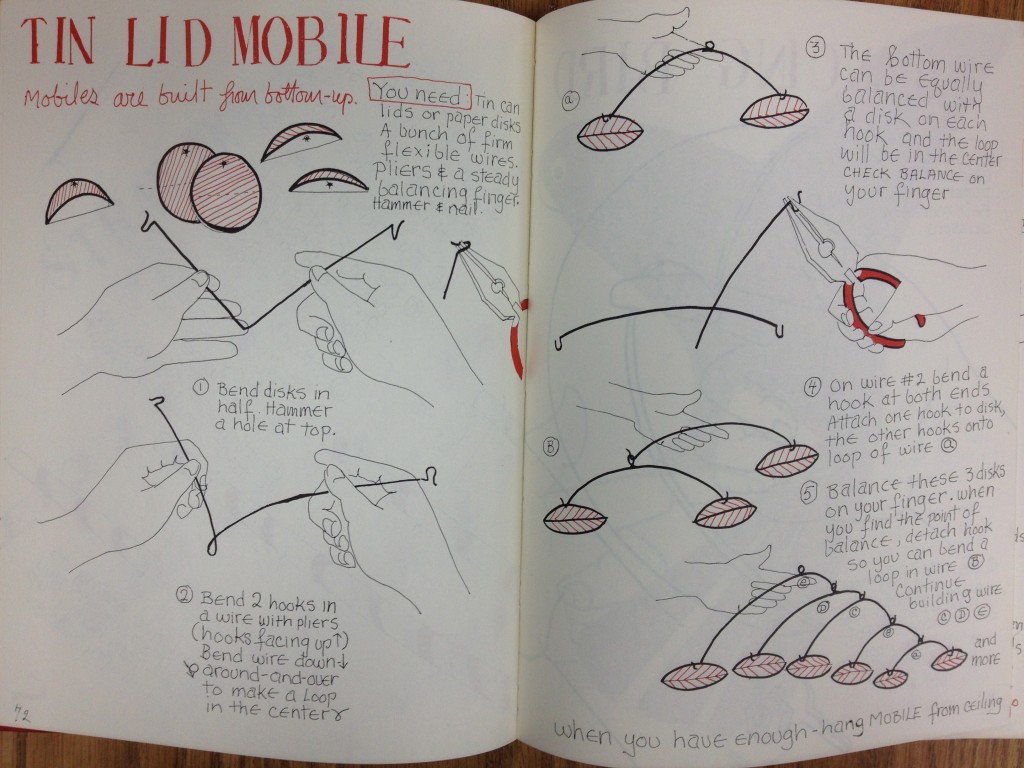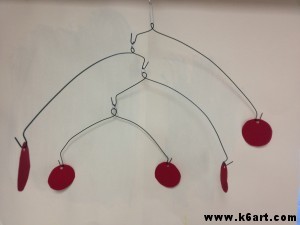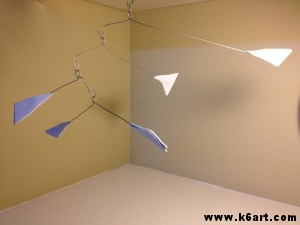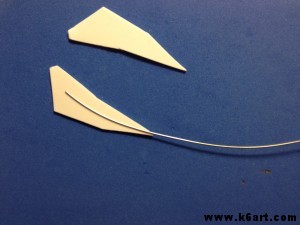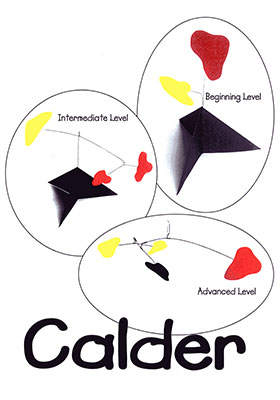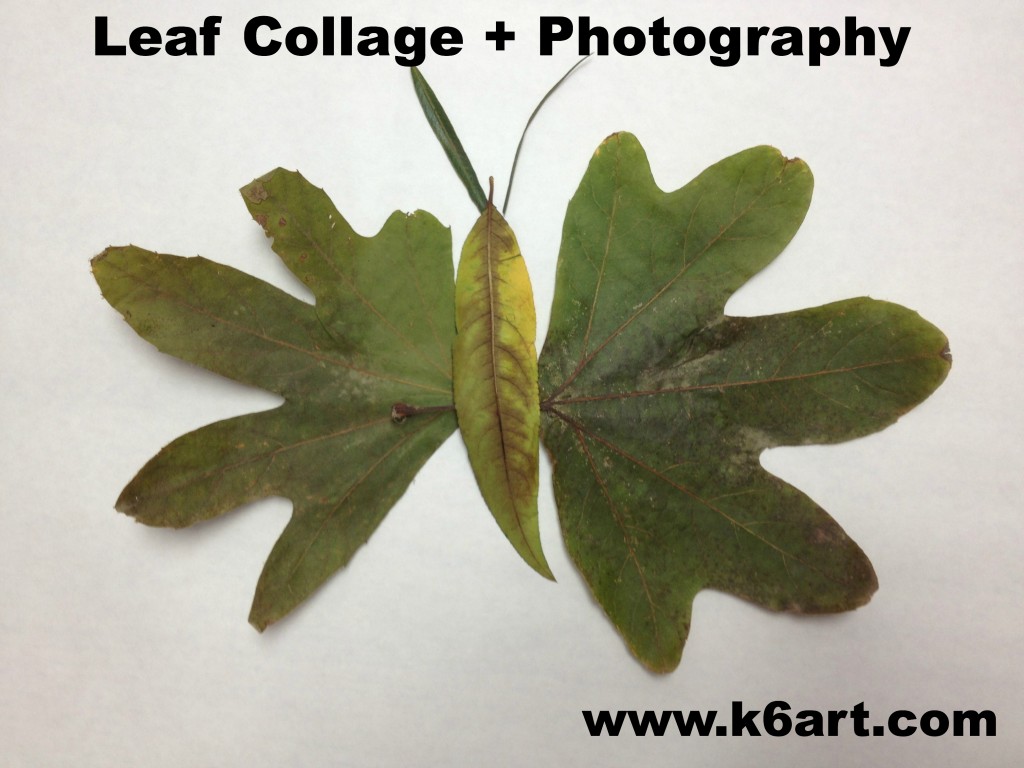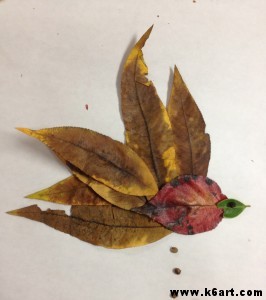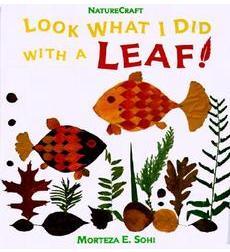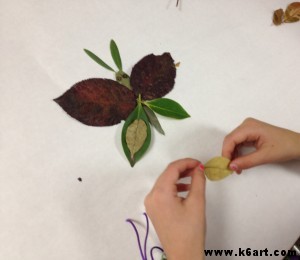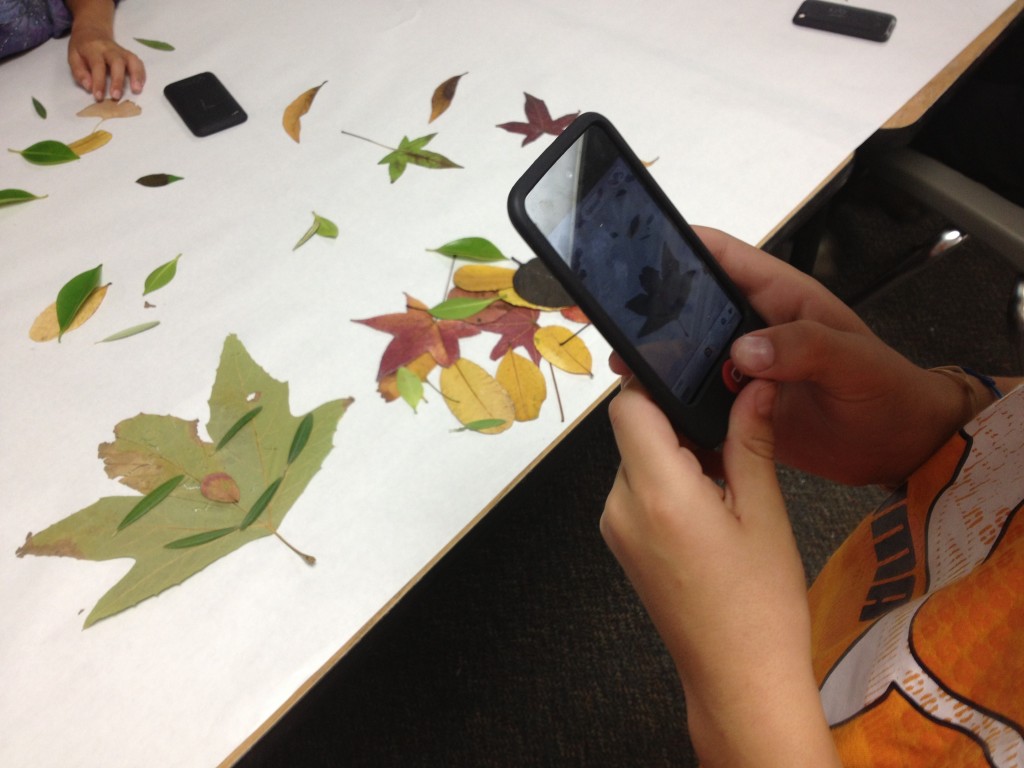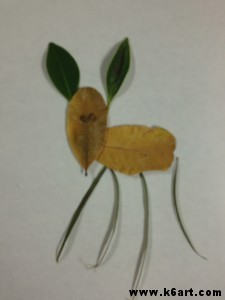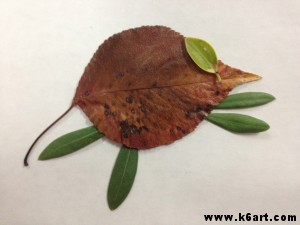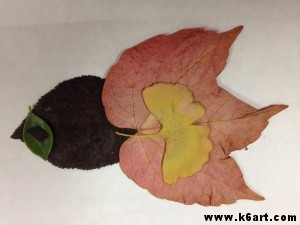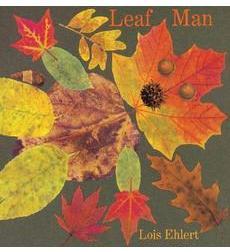Jessica, from The Art of Education, was kind enough to let me know that K-6 Art is a finalist for Art Ed Blog of the Year. I am so honored by this, especially when I see who the other finalists are. I want to introduce you to some of the other art education blogs that are finalists. If you are not reading these blogs, please do because they are incredible!!
I’m starting off the list with California art ed bloggers. K-6 Art is written in San Diego…here are three more Golden State blogs:
- Shine Brite Zamorano: If you are unfamiliar with Don’s blog, you are in for a surprise. Shine Brite Zamorano is unique: it features elementary art projects based on the work of contemporary artists and illustrators. Don often contacts these artists and shares his students’ work with them.
- Deep Space Sparkle: Patty’s DSS blog is the go-to blog in the elementary art ed world, with good reason. She has an incredible number of colorful, successful art projects on her site. I’ve even purchased one of her top-notch eBooks. You may not know that Patty writes excellent art room organization and art show posts as well.
- Teach Kids Art: Cheryl’s blog has a huge variety of lesson plans for grades K-8, all helpfully photographed step-by-step. I taught TKA’s op-art lesson to our 4th grade last year with great success.
Please vote for K-6 Art at this link. You may vote for multiple blogs, but you may only vote once. Voting closes December 14, 2012.
Thanks for your support!

